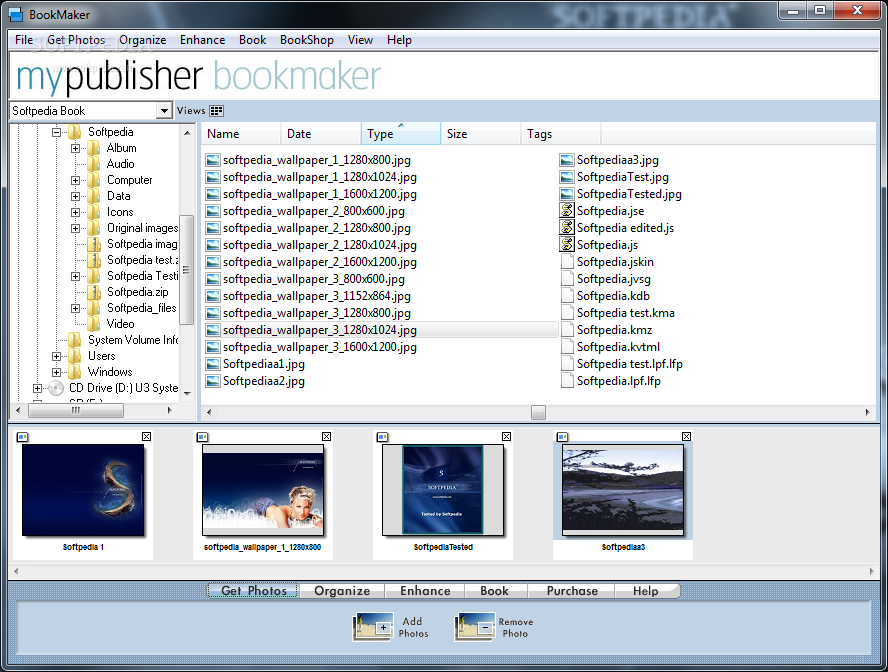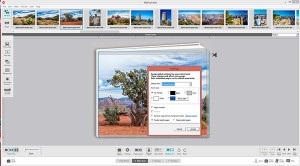
Many didn't agree with me when I was a student at the University of Illinois in the '90s protesting the use of Chief Illiniwek as the school's mascot. It didn't take long for me to understand that depicting the Taj Mahal to represent the whole of India smacks of exoticism and Orientalism, and is a micro-aggression that perpetuates stereotypical thinking. Thereby, ignoring the unique cultures of California or Florida or Ohio. I was blindsided by the comment, and was extremely upset by it–because I instantly knew she was right. California, but showing the Empire State Building in the background as representative of all America. She likened it to having a book set in, say. So did everyone else who had a little say in designing the cover.īack to that day in May, when I was asked about my cover and I proudly showed everyone the art, there was an Indian-American in the audience who let me know that she found the use of the Taj Mahal offensive. I knew that immediately on seeing the cover art, but I thought the temple was beautiful and evocative of India, so I looked right past it. My characters don't venture anywhere near the Taj Mahal. The one thing I didn't think of fixing was the Taj Mahal in the background.Īnd there was the biggest problem. I wasn't going to fall on my sword over all the changes. In art collaboration, where so much is subjective, you have to let things go. I sent some of my suggestions to my publisher, the ones that I felt, objectively, should be fixed, and could be fixed with little time and effort. Maybe my publisher is right in designing my cover this way–in a way I didn't completely agree with. There's a legendary advertising man, Bill Bernbach, who reputedly kept a piece of paper in his pocket with 'Maybe they're right' written on it to remind himself to keep an open mind to other people's suggestions. If I had 100% control over my cover, I would've made over a dozen changes to the color and brightness, the cropping, and the models clothing and hair.īut art is subjective, and my publisher has experience in the book industry I don't have. I scrutinize images daily, and therefore have become extremely fastidious.

In my day job, I work at an advertising agency where my job for the past decade or more, has been to produce art for print (photography, CGI, illustration). So you see the reference images I sent: steamships, a social club for East India Company men living in Bombay at the time, Victoria carriages and a scene of a marketplace.

My book begins with my London Explorer and his heroine arriving by ship in Bombay (now called Mumbai), before they return to England. Here, below, is a screen grab of what I sent. Things like descriptions of the characters, the essence of the book, the time period, and notable scenes. I provide my publisher with cover direction. The process starts months before the first draft of my book is even turned in. In any case, A LOT of people put their two cents into the cover. I assume my editor has a little, perhaps even the sales reps. I've got a little, the creative director at my publishing house has a little, as does the photographer who shoots the models, the retoucher who composites a background behind the characters and finishes the image with a beautiful, painterly effect, and the cover designer who assembles the art with the wording.

Someone asked the question: How much control do you have over your book cover? Back in May, I joined a panel of historical romance authors to participate in a Q&A regarding our writing lives.


 0 kommentar(er)
0 kommentar(er)
